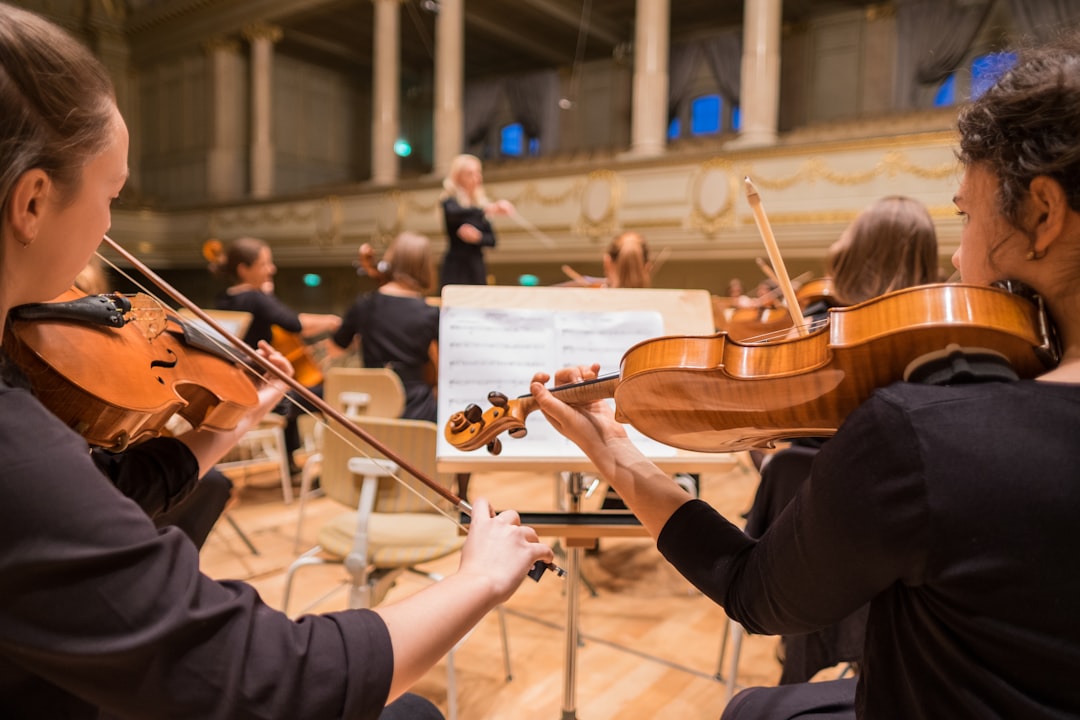What is it about?
When the Book of Common Prayer was first published in 1549 the vast majority of the English people could not read. Yet, within less than 100 years it had transformed a nation. How is it that the Prayer Book worked (and worked so well) for people who couldn't read it for themselves? This essay seeks to answer that question, focusing on how the Prayer Book was used in public worship.
Featured Image
Why is it important?
A lot has been written about the Book of Common Prayer, but what has been written about it usually focuses on interpretation, theology, and/or literary merit. Next to nothing has been written about its usability and the qualities of oral communication that pervade it. This essay also fills a gap in the history of technical communication -- little has been written exploring the origins of modern English technical communication in the sixteenth century. What has been written about early modern technical writing has excluded religious writing from consideration, but much more religious writing (including instructional manuals for worship -- like the BCP) was published in the early modern era than anything else.
Perspectives
This is an extremely exciting area of research for me. The approach introduced here has the potential to change how we talk about liturgy -- not just 16th Century liturgy, but contemporary liturgy as well -- and how we tell the story of the emergence of technical writing and plain style. There are also wider implications for anyone who writes texts intended for public reading -- like classroom lectures and conference papers.
Drew Keane
Georgia Southern University
Read the Original
This page is a summary of: An Examination of the Book of Common Prayer as Technical Writing for an Oral–Aural Culture, Journal of Technical Writing and Communication, September 2018, SAGE Publications,
DOI: 10.1177/0047281618799103.
You can read the full text:
Contributors
The following have contributed to this page










